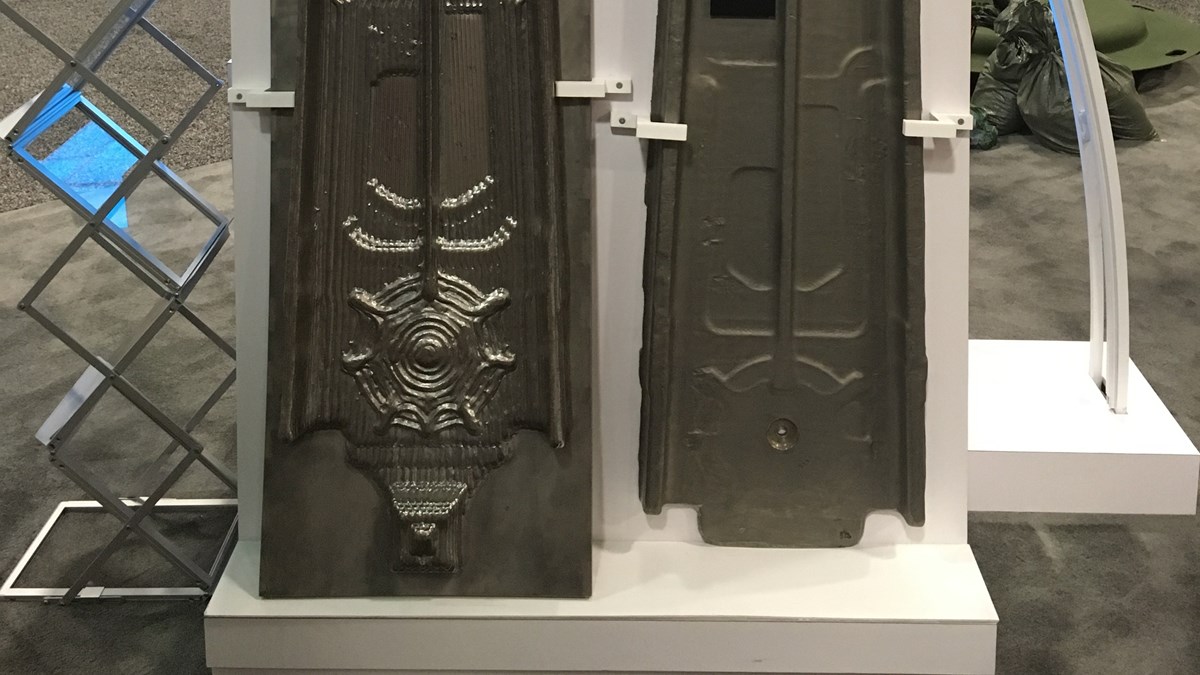-
Welcome back Guest! Did you know you can mentor other members here at H-M? If not, please check out our Relaunch of Hobby Machinist Mentoring Program!
You are using an out of date browser. It may not display this or other websites correctly.
You should upgrade or use an alternative browser.
You should upgrade or use an alternative browser.
Taking 3D printing to a whole new level.
- Thread starter JimDawson
- Start date
- Joined
- Dec 21, 2013
- Messages
- 798
Wow !!
The processes that I have worked with are laser powder bed fusion and directed energy deposition.
These are not a sintering process. Think of it as more like a billion overlapping tack welds.
There are additive processes which print a green part similar to metal injection molding. These shrink substantially.
Tool steels are fun, but there are even cooler materials. Maraging steel is relatively easy to work additively: https://en.wikipedia.org/wiki/Maraging_steel
The majority of parts I've printed have been in nickel alloys.
These are not a sintering process. Think of it as more like a billion overlapping tack welds.
There are additive processes which print a green part similar to metal injection molding. These shrink substantially.
Tool steels are fun, but there are even cooler materials. Maraging steel is relatively easy to work additively: https://en.wikipedia.org/wiki/Maraging_steel
The majority of parts I've printed have been in nickel alloys.
Pretty awesome stuff. That’s what I think of additive/subtractive 3d printing. Being able to put material where you want and machine in one setup is pretty amazing. Beside the initial investment it has to be the most efficient and cheapest machining process out there?
- Joined
- Nov 23, 2017
- Messages
- 1,191
How well do 3D printed metal Parts hold up to multiple high heat Cycles? Do they have a chance of cracking or splitting?
- Joined
- Jan 2, 2014
- Messages
- 8,852
Want to know anything about it?
Where is the filler metal coming from?
in the video at about 0:43 we see a close-up of what looks like a welding nozzle and arc.
Is the filler material coming thru the nozzle as powder?
If so, how is it pumped and delivered?
Pretty awesome stuff. That’s what I think of additive/subtractive 3d printing. Being able to put material where you want and machine in one setup is pretty amazing.
To me the greatest things is the multiple materials built into one part like the stainless and aluminum/copper @1:06 in the video.
What differences are there in the different materials, SS, Cu, Al?
(ie. ranges of currents, ranges of material flow, "switching" of feed pipes, what else?)
-brino
I gotta upgrade to the dual-extruder on my 3D-printer.
There you go HM making me spend more money on tools!
The materials used are still stupendously expensive. It is getting cheaper as supply grows, but its still WAY more expensive than other processes with rare exception. Right now the biggest exception I'm aware of is Titanium. For some specific parts in the aviation industry it is cheaper for manufacturers to build additively than start with some kind of stock or forging and machine.Beside the initial investment it has to be the most efficient and cheapest machining process out there?
Arconic has some clever examples of this:

Arconic Offers Hybrid Ampliforge Process for High-Performance Aerospace Components
Rapid 2018: The Ampliforge technique combines 3D printing with manufacturing processes such as forging to increase toughness, fatigue and strength.
www.additivemanufacturing.media
It depends on the printing process, but in general I'd say straight out of the printer most additive parts will have inferior fatigue properties. They're also anisotropic in their mechanical performance, meaning they behave differently along different axes.How well do 3D printed metal Parts hold up to multiple high heat Cycles? Do they have a chance of cracking or splitting?
Parts requiring fatigue performance will undergo a heat-treating to improve it.
Where is the filler metal coming from?
in the video at about 0:43 we see a close-up of what looks like a welding nozzle and arc.
Is the filler material coming thru the nozzle as powder?
If so, how is it pumped and delivered?
What differences are there in the different materials, SS, Cu, Al?
(ie. ranges of currents, ranges of material flow, "switching" of feed pipes, what else?)
The filler material is small diameter spherical metal powder. It is fed by a hopper and metered through one of a few mechanisms for metering powders, similar to what is used in thermal spray processes.
Some processes actually use regular welding wire. These are high mass flow processes which produce very ugly parts and require post-process machining.
Differences in process parameters are very similar as for regular welding processes. In additive processes the power is provided by a laser or, in some occasions, an electron beam. Those are real fun!
What printer do you have?I gotta upgrade to the dual-extruder on my 3D-printer.
- Joined
- Jan 2, 2014
- Messages
- 8,852
What printer do you have?
Lulzbot Taz6, thread here:
https://www.hobby-machinist.com/threads/finally-made-the-jump-to-3d-printing.62834/post-517849
-brino

